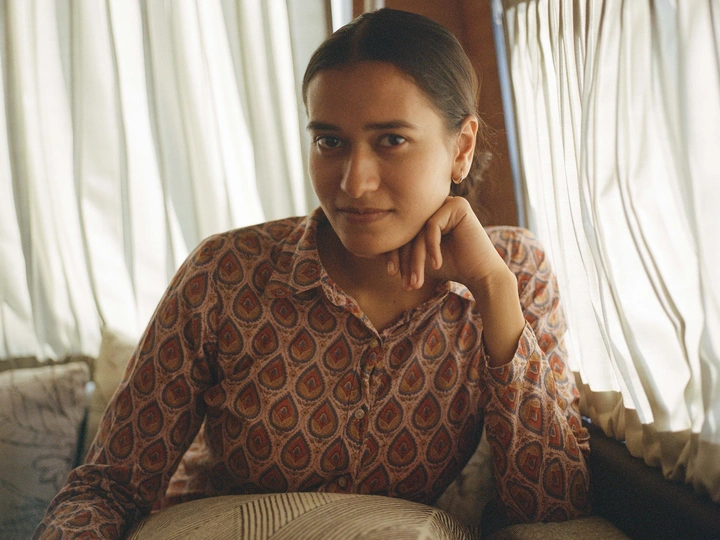My Favourite Space: Radical Slowness

I’m Fiona Cuypers-Stanienda (b. 1992), a Swiss, German, and American architectural designer and analogue photographer based in Eindhoven, Netherlands. My practice explores how people relate to space emotionally, socially, and politically through themes of memory, belonging, and the quiet complexity of everyday life.
I hold an M.Arch and AA Diploma from the Architectural Association in London, and previously studied architecture at ETH Zurich and the Berlin University of the Arts. Since 2018, I have worked exclusively with medium-format analogue photography, using it as a slow and intentional research tool. My work begins with deep conversation and long-term presence, before ever picking up a camera.
In 2023, I launched My Favourite Space, a long-term project combining architectural thinking, oral history, and visual storytelling. To date, I’ve photographed over 60 people in 11 cities across 3 continents, exploring how people define “home” in times of instability or change. I’m also the co-founder of RRA, Radical Research & Re-storying Agency, where I reimagine architectural narratives through slow observation, photography, and human-centered research.
My Favourite Space is a long-term analogue photography and spatial research project rooted in architectural thinking, deep listening, and trust. It began in 2023 after I left my job as an architectural designer and flew to Ahmedabad with only my Hasselblad 500CM, a tool that slows me down and helps me fall in love with the world again. What started as a personal ritual became a method and a voice I didn’t know I was looking for.
The project asks a deceptively simple question: What is your favourite space, and why? Each encounter starts with hours of open conversation. Only after trust is built do I take three square-format photographs: one portrait, two of the space. I never direct my subjects. I ask where they feel most at home, and wait until I see them as they are, then I release the shutter. The square frame is a visual statement of non-hierarchy. It is quiet. Difficult. Honest.
So far, I’ve photographed 60 people in 11 cities, most of which I’ve lived in. The work reveals emotional geographies: how people inhabit space, what they remember, and what they need. The project is architectural in its spatial sensitivity, anthropological in its method, and artistic in its form. It uncovers emotional geographies, how people inhabit space, what they carry, and what they remember, revealing deeper patterns of class, care, identity, and belonging.
The photographs are not the point—they are traces. Gifts. The real work happens in the hours shared. The mutual vulnerability. The respect. The invitation to be honest without being extracted.
In a time of AI-generated narratives and manipulated imagery, I return to what is real. This work is slow, analogue, and rooted in care. It has led to an exhibition, a publication, and multiple invitations to teach. It must continue, through residencies, institutions, and collaborations, because we urgently need more honest, radically human approaches to space.